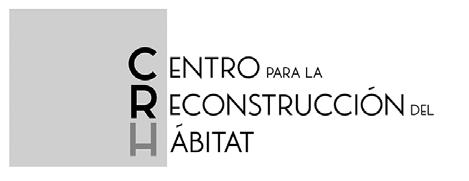(-26%). The number of public schools in Puerto Rico was reduced from 1,803 to 1,464 (-18%). During the same period, the number of public school students fell from 710,000 to 453,000 (-28%), while the number of private school students rose by 60%. During the 2009-2010 academic year, there were some 461,000 students (78%) attending public schools and 130,000 students (22%) attending private schools. 31 The widespread closures of public schools in Puerto Rico over the last decade are an intensification of a thirty-year trend. The generation of Puerto Ricans who attended school in the 1960s and 1970s recall an era of expanding access and improvements in quality. The closure of schools like Goyco is symbolic of the abandonment of this expansion and harkens to an earlier era of exclusionary access.
Essential Community Centers
Segundo Ruiz Belvis school in San Juan. The building has both architectural and historic value as a memorial place for its namesake, who was a Puerto Rican lawyer, philosopher, abolitionist, and pro-independence advocate. The marble slab covered by graffiti describes Belvis.
class and race.28 The number of students in public schools rose, from 545,000 in 1956 to its peak of 728,000 students in 1978.29 It is worth noting that the period of expanded access to education from 1930 to 1950 followed three hurricanes and a severe recession between 1928 and 1932. In response, Puerto Rican leaders developed the Puerto Rico Reconstruction Administration, which was funded through New Deal legislation and resulted in the construction of 299 public schools, 38 secondary buildings, and new public university buildings, among other projects.30 After 1978, the overall population in Puerto Rico began a downward trend, as did the number of school age children, and the number of public schools and public school students declined. Over the thirty-year period of 1981 to 2011, the number of people under age eighteen decreased from 1,221,000 to 903,000
9
belonging.berkeley.edu | crhpr.org
Schools are more than sites of learning for children. During the school year, thousands of children rely on food served at school to meet their daily nutritional intake, given that the majority of neighborhoods across the archipelago have high concentrations of families living below the poverty line (figure 5). Additionally, in Puerto Rico, school buildings often serve as emergency shelters during hurricanes, voting centers during elections, and a place of connection where parents and neighbors build trusting relationships with each other. They also serve as public health sites when there is an outbreak of dengue and other illnesses, becoming a central location to provide information and treatment. Of the 82 vacant school buildings visited for the purpose of this research (to be discussed further in the section Conditions at the Closed School Buildings), 36 (44%) schools featured some sort of sport or recreational facilities, such as basketball courts, baseball fields, or theatres, which in turn are often utilized by the greater community. Closed schools have resulted in the loss of these valuable community functions. The term “community school” is used to reflect this broader role schools can have in Puerto Rico. Ana María García Blanco, Executive Director of Instituto Nueva Escuela, which supports Montessori public schools in Puerto Rico, explains: “A community school




